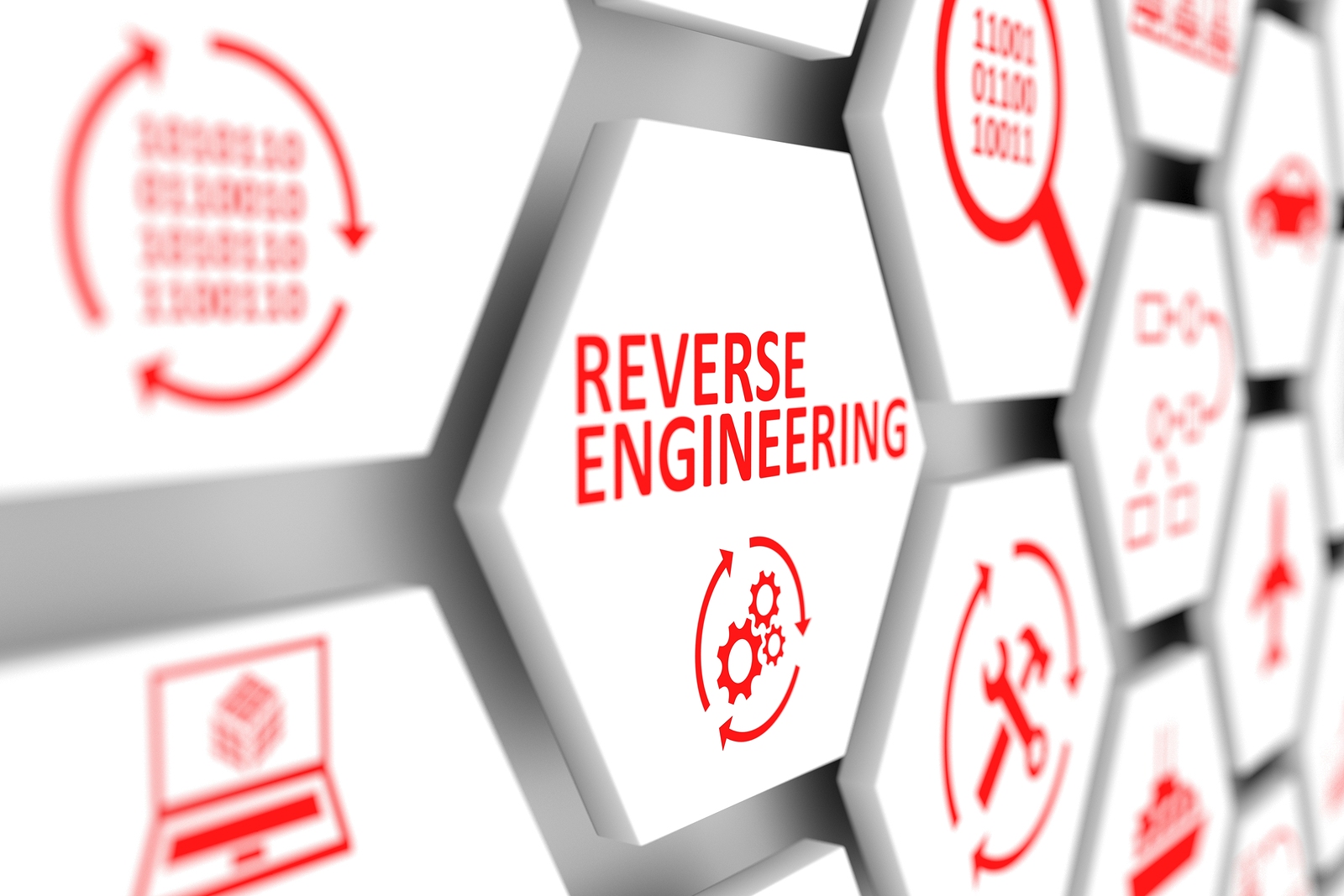Reverse Engineering: A Social Perspective

In the realm of technology, reverse engineering has emerged as a potent tool for comprehending and replicating the functionality of existing products or systems. While its technical implications are well-documented, the social aspects of reverse engineering deserve equal attention.

Reverse engineering empowers individuals with the knowledge and skills to examine and understand complex technologies, fostering a culture of innovation and open inquiry. Hobbyists, researchers, and independent creators leverage reverse engineering to improve existing products, create compatible solutions, or develop new applications altogether. By unlocking the inner workings of technology, reverse engineering democratizes knowledge and encourages experimentation.

However, the social implications of reverse engineering are not without controversy. Critics argue that unrestricted access to design information can foster counterfeiting and piracy, undercutting the intellectual property rights of original creators. Additionally, concerns about security arise when reverse engineering is applied to sensitive technologies, such as critical infrastructure or medical devices.
Striking a balance between the benefits and risks of reverse engineering requires a nuanced approach. Regulatory frameworks and ethical guidelines help ensure that reverse engineering is conducted responsibly while safeguarding innovation. Open source licensing models and collaborative platforms promote knowledge sharing and foster a sense of community among those engaged in reverse engineering endeavors.
Ultimately, reverse engineering is a transformative force in our increasingly technological society. Its potential for innovation and knowledge dissemination is undeniable, while its risks can be mitigated through responsible practices and ethical considerations. By embracing a holistic perspective that encompasses both the technical and social aspects of reverse engineering, we can harness its benefits while ensuring that it remains a positive force in shaping the future of technology.## Reverse Engineering: A Social Perspective
Executive Summary
Reverse engineering is the process of understanding how something works by taking it apart and examining its components. This can be done for a variety of reasons, such as to learn how to build something similar, to improve an existing design, or to find security vulnerabilities.
While reverse engineering can be a valuable tool for engineers and scientists, it can also have a negative impact on society. For example, reverse engineering can be used to create counterfeit products, to steal intellectual property, or to develop new weapons.
It is important to weigh the potential benefits and risks of reverse engineering before using it. In some cases, the benefits may outweigh the risks, but in other cases, the risks may be too great.
Introduction:
Reverse engineering has been around for centuries. It has been used to create everything from the first steam engine to the modern computer. Today, reverse engineering is used in a wide variety of industries, including manufacturing, software development, and security.
FAQ
What is reverse engineering?
Reverse engineering is the process of understanding how something works by taking it apart and examining its components.
Why is reverse engineering important?
Reverse engineering can be used to learn how to build something similar, to improve an existing design, or to find security vulnerabilities.
What are the risks of reverse engineering?
Reverse engineering can be used to create counterfeit products, to steal intellectual property, or to develop new weapons.
Top 5 Subtopics
1. Manufacturing
Reverse engineering is used in manufacturing to create new products or to improve existing ones. For example, a company might reverse engineer a competitor’s product to learn how it is made and to find ways to make it better.
- Component analysis: This involves taking apart the product and examining its individual components.
- Materials analysis: This involves analyzing the materials used in the product to determine their properties and composition.
- Process analysis: This involves studying the processes used to manufacture the product.
- Design analysis: This involves understanding the design of the product and how it works.
2. Software Development
Reverse engineering is used in software development to create new software or to improve existing software. For example, a company might reverse engineer a competitor’s software to learn how it works and to find ways to improve it.
- Code analysis: This involves examining the source code of the software to understand how it works.
- API analysis: This involves studying the application programming interfaces (APIs) of the software to understand how it interacts with other software.
- Network analysis: This involves monitoring the network traffic generated by the software to understand how it communicates with other computers and devices.
- Security analysis: This involves looking for security vulnerabilities in the software.
3. Security
Reverse engineering is used in security to find security vulnerabilities in software and hardware. For example, a security researcher might reverse engineer a piece of malware to learn how it works and to find ways to defeat it.
- Malware analysis: This involves examining malware to understand how it works and to find ways to remove it.
- Vulnerability analysis: This involves looking for security vulnerabilities in software and hardware.
- Exploit development: This involves creating exploits that can take advantage of security vulnerabilities.
- Incident response: This involves responding to security incidents and taking steps to prevent them from happening in the future.
4. Forensics
Reverse engineering is used in forensics to investigate computer crimes. For example, a forensic investigator might reverse engineer a computer hard drive to find evidence of criminal activity.
- Data recovery: This involves recovering data from damaged or deleted computer files.
- Digital forensics: This involves investigating computer crimes using digital evidence.
- Malware analysis: This involves examining malware to understand how it works and to find ways to remove it.
- Incident response: This involves responding to security incidents and taking steps to prevent them from happening in the future.
5. Education
Reverse engineering is used in education to teach students about how things work. For example, a teacher might reverse engineer a simple machine to help students understand the principles of mechanics.
- Hands-on learning: This involves providing students with hands-on experience with real-world problems.
- Project-based learning: This involves having students work on projects that require them to apply their knowledge and skills.
- Problem-solving: This involves developing students’ problem-solving skills.
- Creativity: This involves encouraging students to be creative and to think outside the box.
Conclusion:
Reverse engineering is a powerful tool that can be used for a variety of purposes. However, it is important to weigh the potential benefits and risks of reverse engineering before using it. In some cases, the benefits may outweigh the risks, but in other cases, the risks may be too great.
Keyword Tags
- Reverse engineering
- Manufacturing
- Software development
- Security
- Forensics
